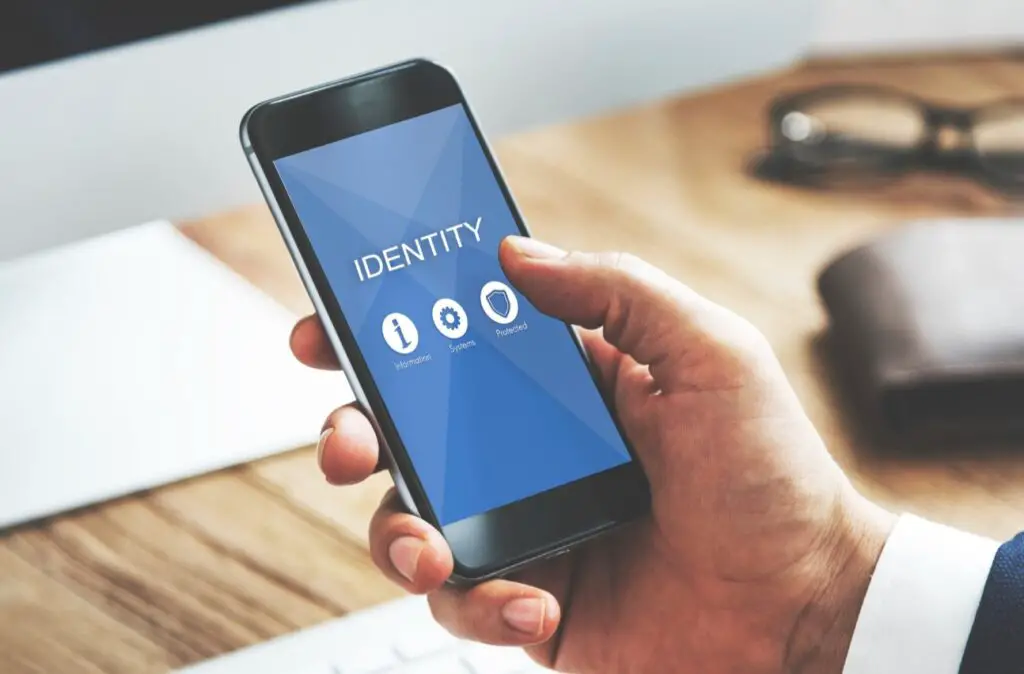6 Crucial Online Safety Tips Every Senior Should Follow

As technology becomes an essential part of everyday life, more seniors are using the internet for banking, shopping, socializing, and staying informed. While the internet offers many conveniences, it also comes with risks such as identity theft, phishing scams, and fraudulent activities. Cybercriminals often target seniors because they may not be as familiar with online security practices. Learning how to protect personal information and avoid cyber threats is crucial for staying safe online. By following these six online safety tips, seniors can browse the web with confidence while keeping their sensitive information secure.
1. Use Strong and Unique Passwords for Every Account

A weak or reused password makes it easy for hackers to access multiple accounts, increasing the risk of identity theft and financial loss. Seniors should create strong, unique passwords for each online account to reduce this risk. A strong password should be at least 12 characters long and include a mix of uppercase and lowercase letters, numbers, and special characters. Avoid using obvious words such as “password,” birthdates, or common phrases that can be easily guessed. Writing passwords down on paper can be risky, so consider using a password manager to securely store and generate strong passwords. This simple habit helps protect online accounts from unauthorized access.
2. Enable Two-Factor Authentication for Extra Security

Two-factor authentication, also known as 2FA, provides an extra layer of security by requiring a second form of verification when logging into an account. Even if a hacker manages to steal a password, they would still need access to a secondary code—usually sent to a mobile device or email—to log in. Many banks, social media platforms, and email providers offer this security feature. Seniors should enable 2FA on all accounts that support it to significantly reduce the risk of unauthorized access. This extra step only takes a few seconds but adds a powerful barrier against cybercriminals.
3. Beware of Phishing Scams and Suspicious Emails

Phishing scams are one of the most common online threats, often disguised as emails or messages from trusted organizations. Cybercriminals use these scams to trick people into revealing sensitive information such as passwords, Social Security numbers, or banking details. Seniors should be cautious of emails that contain urgent requests, unexpected attachments, or links that ask for login credentials. Even emails that appear to be from a bank, government agency, or tech company can be fake. Never click on links or open attachments from unknown sources. Instead, verify the sender by contacting the company directly using official contact information. Recognizing and avoiding phishing scams is key to protecting personal and financial data.
4. Limit Personal Information Shared on Social Media

Social media is a great way for seniors to stay connected with family and friends, but oversharing can lead to privacy risks. Cybercriminals often gather information from social media profiles to commit fraud, impersonate individuals, or guess security questions. Seniors should avoid posting personal details such as full names, addresses, phone numbers, birthdates, or vacation plans. Privacy settings should be adjusted to restrict who can view posts and personal information. Be cautious about accepting friend requests from unfamiliar people, as scammers often create fake profiles to gather personal data. Protecting privacy on social media reduces the risk of identity theft and online scams.
5. Keep Devices and Software Updated

Keeping computers, smartphones, and tablets updated is a crucial step in preventing cyberattacks. Hackers exploit vulnerabilities in outdated software to gain access to personal information. Seniors should enable automatic updates on operating systems, web browsers, and applications to ensure they are protected with the latest security patches. Installing reputable antivirus software provides additional protection by detecting and blocking malware. Seniors should also be cautious about downloading apps from unknown sources, as malicious software can be disguised as legitimate programs. Regular updates and security software help create a strong defense against cyber threats.
6. Practice Safe Online Shopping and Banking

Online shopping and banking are convenient but require extra precautions to avoid fraud. Seniors should only shop on trusted websites that have “https” in the address bar, indicating a secure connection. Public Wi-Fi networks should be avoided when making financial transactions, as hackers can intercept sensitive data on unsecured networks. Instead, use a home network or a mobile data connection for online banking and shopping. Checking bank and credit card statements regularly helps detect unauthorized transactions early. Setting up account alerts for unusual activity can provide an extra layer of security. By being cautious, seniors can enjoy the convenience of online transactions without becoming victims of fraud.
Final Thoughts

Staying safe online is essential for seniors who want to take advantage of everything the internet has to offer without falling victim to scams or cyber threats. By using strong passwords, enabling two-factor authentication, recognizing phishing scams, limiting personal information on social media, keeping devices updated, and practicing safe online shopping and banking, seniors can protect their personal and financial information. Cybercriminals are constantly finding new ways to target unsuspecting users, making it important to stay informed and vigilant. Following these safety tips will allow seniors to browse the internet with confidence, knowing they have taken the right steps to protect themselves. Encouraging friends and family to adopt these habits will create a safer online experience for everyone.
Leave a Reply